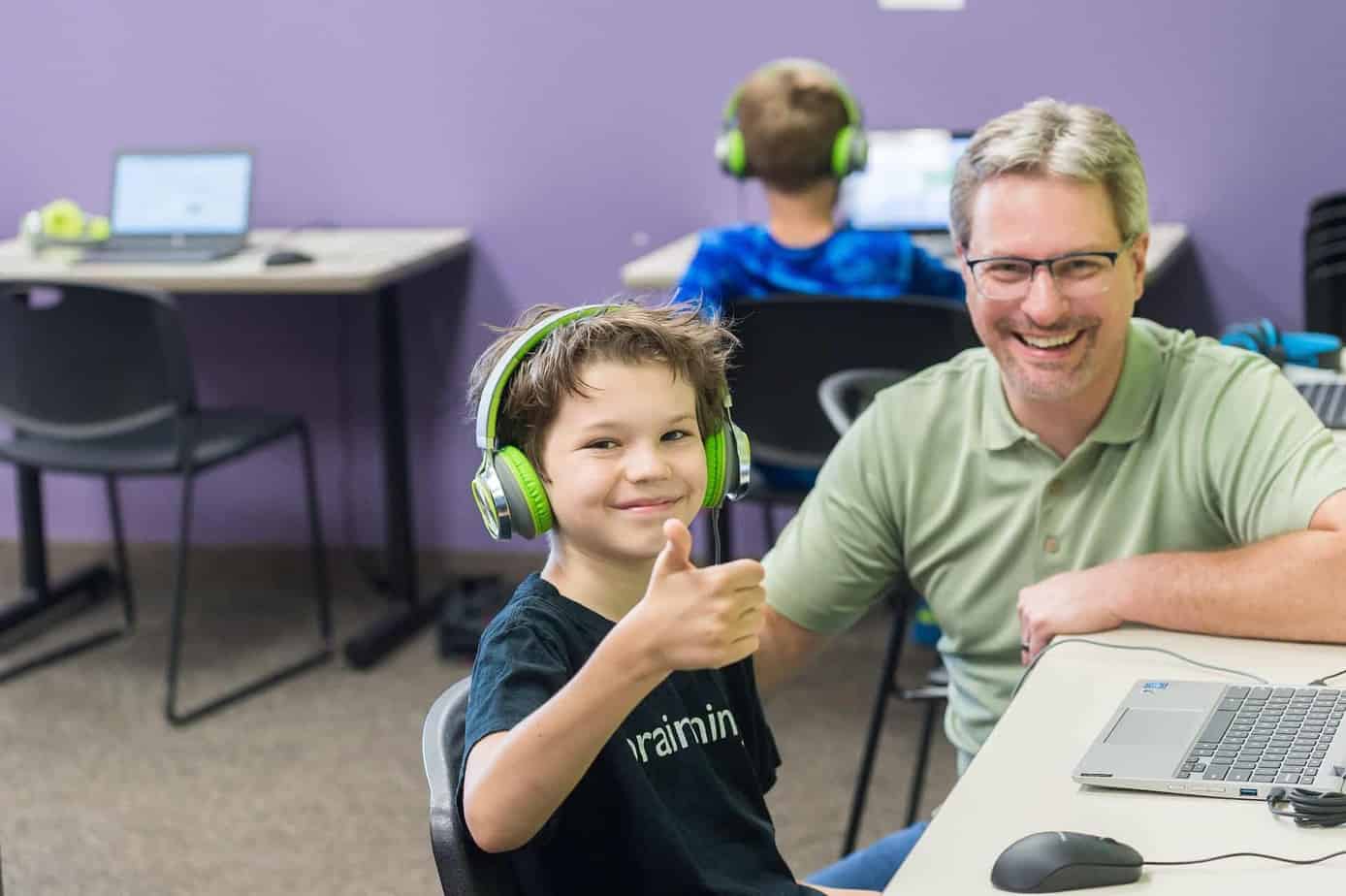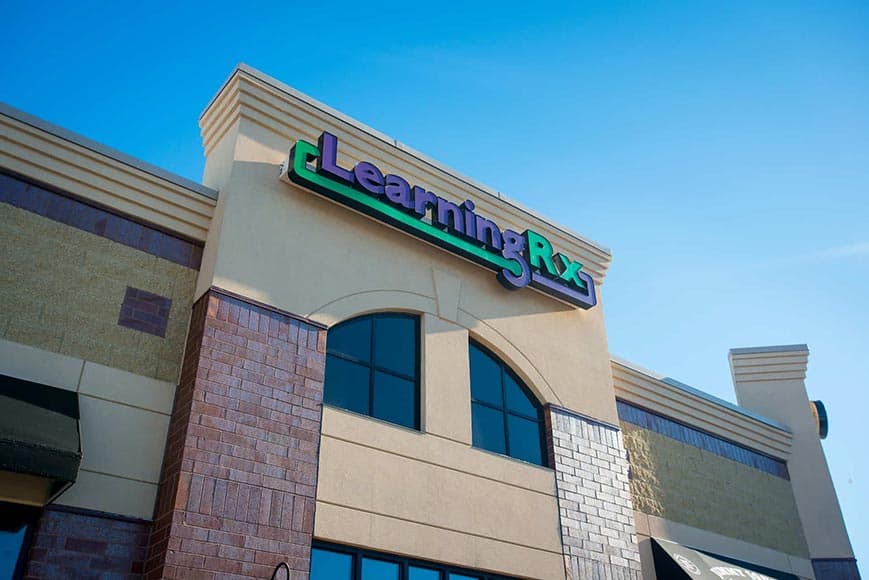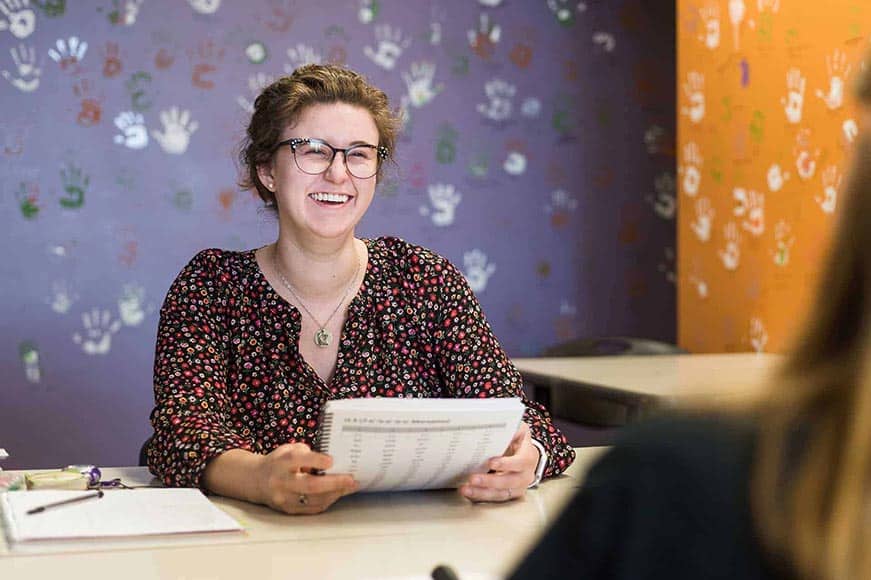Ways to Keep Math Skills Sharp Over the Summer Without Worksheets
Even if you’ve never heard of the “Summer Slide” or summer “Brain Drain,” you can probably infer that the term refers to learning losses that students experience over the long break from school. But what you may not know is that, on average, students lose 2.6 months of math skills during summer. Despite teachers’ best efforts to review this forgotten knowledge during the first few weeks of the new school year, the effects of the Summer Slide can be not only long-lasting, but also cumulative.
Barring summer math classes or deluging your student with daily math worksheets, how can you decrease the chances of your student losing their math skills and knowledge over the summer? We’ve got some ideas to help incorporate math into your regular routine in ways that feel organic and fun. Of course, the activities you choose will vary depending on your student’s age, interests, and skills, but you can modify these foundational ideas or use them to help you brainstorm other options.
#1: Choose board games that require math.
Who doesn’t love Family Game Night? It’s a great way to bond, have fun, create traditions, and build feel-good memories. But there are also countless games that can boost math skills without feeling like you’re doing schoolwork. Whether you’re looking to build mental math, numerical concepts or fluency, sequential processing, or countless other cognitive skills needed to form the foundation of strong math skills, there are affordable new and classic games available for virtually every age and skill level.
Where to start: Download a free list of store-bought games designed to exercise your child’s brain skills, sorted into a chart based on the skills they work on:
#2: Use math in arts and crafts.
From cutting yarn and reams of fabric to mixing materials and scaling objects, we use math in arts and crafts every day. Look no further than patterns, geometric shapes, symmetry, shadows, 3D drawings, photography, and mosaics—everything is an opportunity to learn concepts, formulas, measurements, and more.
Where to start: Artsy Crafty Mom has a list of 15 mesmerizing math art activities for kids. Check it out here >>
#3: Look for apps and computer games that incorporate math.
If you’ve got a kid that loves playing video games, you can introduce them to math games that use similar gameplay. A Google search of “free math games and apps” will get you on the right track, or you can search the app store on your child’s preferred device.
Where to start: For younger kids, check out PBS Kids Math Games, which offer options to play online or through downloadable apps. For older kids, check out the math games on sites like Kahoot.com.
#4: Use math in the kitchen.
Recipes offer a simple way to incorporate math into something you’d be doing anyway, like cooking or baking, with the final product being the reward itself! Practice halving, doubling, or even tripling recipes to teach fractions, addition, or multiplication or work in questions (e.g., How many tablespoons are in 1/8 of a cup?) as you go. In addition to measuring and ratios, you can teach time, temperature, proportions, and even food budgeting.
Where to start: The South Dakota State University Extension offers some great ideas to teach math (and science!) in the kitchen with lists sorted from most basic to advanced skills. Check it out here >>
#5: Try math in your head when you go shopping.
Skip the calculator the next time you go shopping, opting instead to have your child or teen crunch the numbers in their head. Depending on your child’s age and skill level, you can ask them to calculate the cost per ounce on a big can of green beans vs. two smaller cans, how much sod you’ll need for your yard, or how much that pair of socks will be with a 20% discount. They may also be able to keep a running total in their head to see how close their estimate is to the actual total.
Where to start: Talk to your child or teen about the importance of math in everyday life to help them understand its value. Northern Illinois University has a “Math Matters” list that can get you started.
#6: Create a math scavenger hunt.
Head to your nearest park with a ruler, marker, and list of items your kid will need to find or measure. For example: a rectangle (or block) in which two sides are at least 5” long, the length of the slide, an estimate on the number of loops on a single the swing chain, a Y-shaped stick with at least 3” between the two points, or what percent their shadow is compared to their height.
Try these tips—or come up with your own—to incorporate math in ways that are age-appropriate and helpful for real-world applications. When in doubt, start with the easiest tasks to build your student’s confidence and then gradually increase the difficulty. By letting kids know that math is not only important but also fun at times, you may help reduce their summer learning loss and better prepare them to feel confident when they return to the classroom in the fall.







